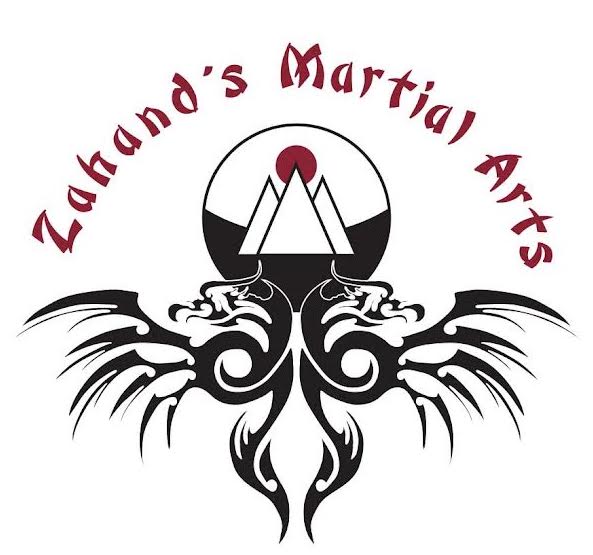Every DOJO, or place of practice, has a side called shomen. This side is considered most important by those who practice karate there.
The first ideogram, sho, means “proper” or “correct,” while men means “side” or “face.” Shomen is a commonly used word meaning “front” or “facade,” but it has special importance in the dojo, where it refers to one of the interior walls. The shomen can be any side of the training hall or ring except for one through which people enter or exit.
The shomen orients the dojo in space. It is a kind of signpost that gives the interior space of the dojo meaning. If a dojo is permanent rather than a rented or borrowed structure, the shomen is usually adorned with such things as portraits of past karate masters, a work of calligraphy, a miniature altar, or a combination of these. When the chief instructor of the school is called upon to sit formally, he or she will also sit toward the shomen, and the main judge will sit toward this direction.
Japanese tradition pays respect to objects and places as well as people. This is especially true of a spiritual place such as a dojo. Because the shomen is the most important side of the dojo, the karate students will bow toward this direction at the start and end of each class or competition match. By doing so, they are expressing their appreciation for their school, its history, and the contributions made by past and present masters. This is no less true when the dojo is a rented gymnasium in a school or community center, or even a field of grass when karate is practiced outside. Wherever a karate class is held, there is a dojo and designated shomen, and the same etiquette is called for.
To pay such respect is a requirement for all students of karate, regardless of ethnic background or religion. Remember, bowing in karate is an expression of respect, not worship. The small altar that may decorate the shomen symbolizes the spirit of the dojo, not a supreme deity. You should feel no conflict between expressing your respect toward the shomen and maintaining faith in your religion.
Similarly, bowing is not an expression of inferiority, and you should not feel demeaned by being told to adhere to this aspect of Japanese etiquette. In fact, you should observe that when the class bows to the shomen before and after class, the instructor does so as well. It would be the height of arrogance to consider yourself above traditions that are followed even by your instructor. Whether or not you are Japanese, regardless of your culture and its history, once you are in the dojo you should heed the traditions of karate and pay proper respect to the shomen.


